‘A time bomb’: India’s sinking holy town faces grim future
For months, the roughly 20,000 residents in Joshimath, revered by Hindu and Sikh pilgrims, have watched the earth slowly swallow their community.
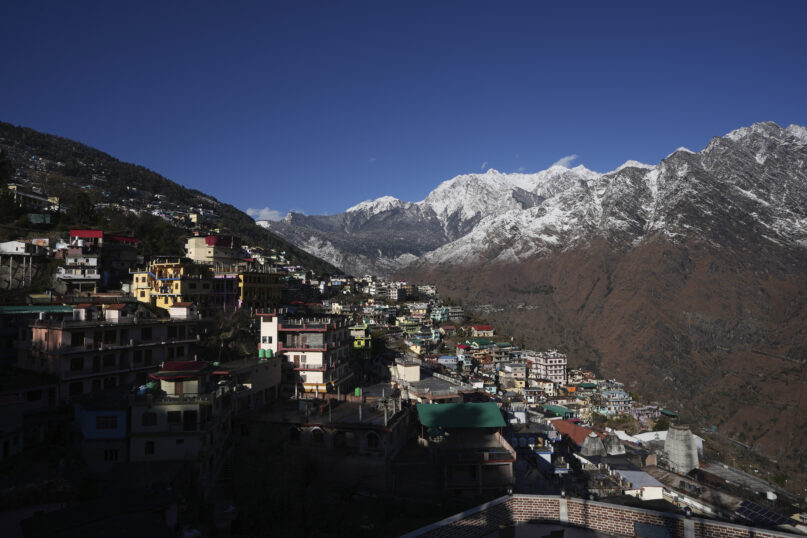
JOSHIMATH, India (AP) — Inside a shrine overlooking snow-capped mountains, Hindu priests heaped spoonfuls of puffed rice and ghee into a crackling fire. They closed their eyes and chanted, hoping their prayers would somehow turn back time and save their holy — and sinking — town.
For months, the roughly 20,000 residents in Joshimath, burrowed in the Himalayas and revered by Hindu and Sikh pilgrims, have watched the earth slowly swallow their community. They pleaded for help that never arrived, and in January their desperate plight made it into the international spotlight.
But by then, Joshimath was already a disaster zone. Multistoried hotels slumped to one side; cracked roads gaped open. More than 860 homes were uninhabitable, splayed by deep fissures. And instead of saviors they got bulldozers that razed swaths of the town.
The holy town was built on piles of debris left behind by landslides and earthquakes. Scientists have warned for decades that Joshimath could not withstand the level of heavy construction that has recently been taking place.
“Cracks are widening every day and people are in fear. … It’s a time bomb,” said Atul Sati, an activist with the Save Joshimath Committee.
Joshimath’s future is at risk, experts and activists say, due in part to a push backed by the prime minister’s political party to grow religious tourism in Uttarakhand, the holy town’s home state. On top of climate change, extensive new construction to accommodate more tourists and accelerate hydropower projects in the region is exacerbating subsidence — the sinking of land.
Joshimath is said to have special spiritual powers and believed to be where Hindu guru Adi Shankaracharya found enlightenment in the 8th century before going on to establish four monasteries across India, including one in Joshimath.
Visitors pass through the town on their way to the famous Sikh shrine, Hemkund Sahib, and the Hindu temple, Badrinath.
“It must be protected,” said Brahmachari Mukundanand, a local priest who called Joshimath the “brain of North India” and explained that “our body can still function if some limbs are cut off. But if anything happens to our brain, we can’t function. … Its survival is extremely important.”
The town’s loose topsoil and soft rocks can only support so much and that limit, according to environmentalist Vimlendu Jha, may have already been breached.
“In the short term, you might think it’s development. But in the long term, it is actually devastation,” he said.
At least 240 families have been forced to relocate without knowing if they would be able to return.
Prabha Sati, who fled Joshimath last month when her home began to crack and tilt, came back to grab her belongings before state officials demolished her home.
“Now I will have to leave everything behind. Every small piece of it will be destroyed,” she said, blinking back tears.
Authorities, ignoring expert warnings, have continued to develop costly projects in the region, including a slew of hydropower stations and a lengthy highway. The latter is aimed at further boosting religious tourism, a key plank of Prime Minister Narendra Modi’s Bharatiya Janata Party.
Uttarakhand, dotted with several holy shrines, would see a surge in tourists in the next decade thanks to improved infrastructure, Modi said in 2021. Nearly 500,000 passed through Joshimath in 2019, state data shows.
A big draw is the Char Dham pilgrimage where pilgrims traverse challenging terrain and harsh weather to reach four, high-altitude temples. In 2022, 200 out of the 250,000 pilgrims died while making the journey. Authorities said the rise in visitors was straining existing infrastructure.
Already underway, the Char Dham infrastructure project, aims to make the journey more accessible via a long and wide all-weather highway and railway line that would crisscross through the mountains.
Some experts fear the project will exacerbate the fragile situation in the Himalayas where several towns are built atop debris.
To create such wide roads, engineers would need to smash boulders, cut trees and strip shrubbery, which would weaken slopes and make them “more susceptible to natural disasters,” said veteran environmentalist Ravi Chopra.
While construction for the project near Joshimath was paused last month, locals feared it was too late. A long crack running across one of the front walls in the famed Adi Shankaracharya monastery had deepened worryingly in recent weeks, said Vishnu Priyanand, one of the priests.
“Let places of worship remain as places of worship. Don’t make them tourist spots,” he pleaded.
It’s not just the highways.
In late January, hundreds of residents protested against the National Thermal Power Corporation’s Tapovan hydropower station located near Joshimath.
“Our town is on the verge of destruction because of this project,” said Atul Sati, the Save Joshimath Committee member.
Locals say construction blasts for a 12-kilometer (7-mile) tunnel for the station are causing homes to crumble. Work has been suspended but NTPC officials deny any link to Joshimath’s subsidence. Various government agencies were conducting surveys to determine what caused the damage, said Himanshu Khurana, the officer in charge of Chamoli district where Joshimath is located.
The crisis has reignited questions over whether India’s quest for more hydropower in the mountains to cut its reliance on coal can be achieved sustainably. Uttarakhand has around 100 hydropower projects in varying stages.
The heavy construction required for hydropower could do irreparable damage in a region already vulnerable to climate change, experts warn.
It could also displace entire villages, as residents of a one near Joshimath found out.
Haat, along the Alaknanda River, was once a sacred hamlet where the guru Adi Shankaracharya is said to have established another temple in the 8th Century.
Today, it is a dumping site for waste and a storage pit for construction materials after the village was acquired in 2009 by an energy enterprise to build a hydropower project.
The Laxmi Narayan temple is the only part of the village still standing. All of its residents were relocated, said Rajendra Hatwal, once the village chief who now lives in another town.
Hatwal and a few others still check in on the temple. A caretaker, who refused to leave, lives in a makeshift room next to it. He sweeps the grounds, cleans the idols and prepares tea for the odd guest who comes through.
They feared its days were numbered.
“We are fighting to protect the temple. We want to preserve our ancient culture to pass on to a new generation,” said Hatwal. “They have not only destroyed a village – they have finished a 1,200 year old culture.”
___
AP photojournalist Rajesh Kumar Singh contributed to this report.
——
Associated Press religion coverage receives support through the AP’s collaboration with The Conversation US, with funding from Lilly Endowment Inc. The AP is solely responsible for this content.
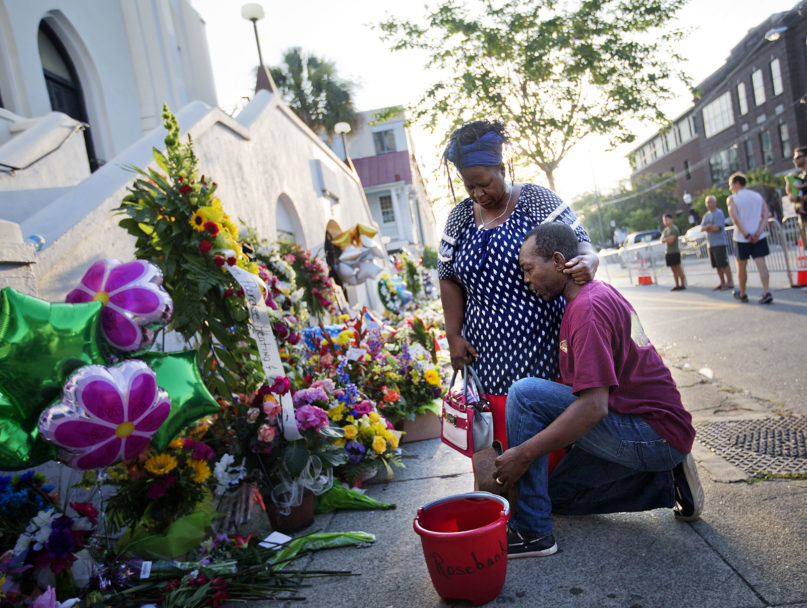
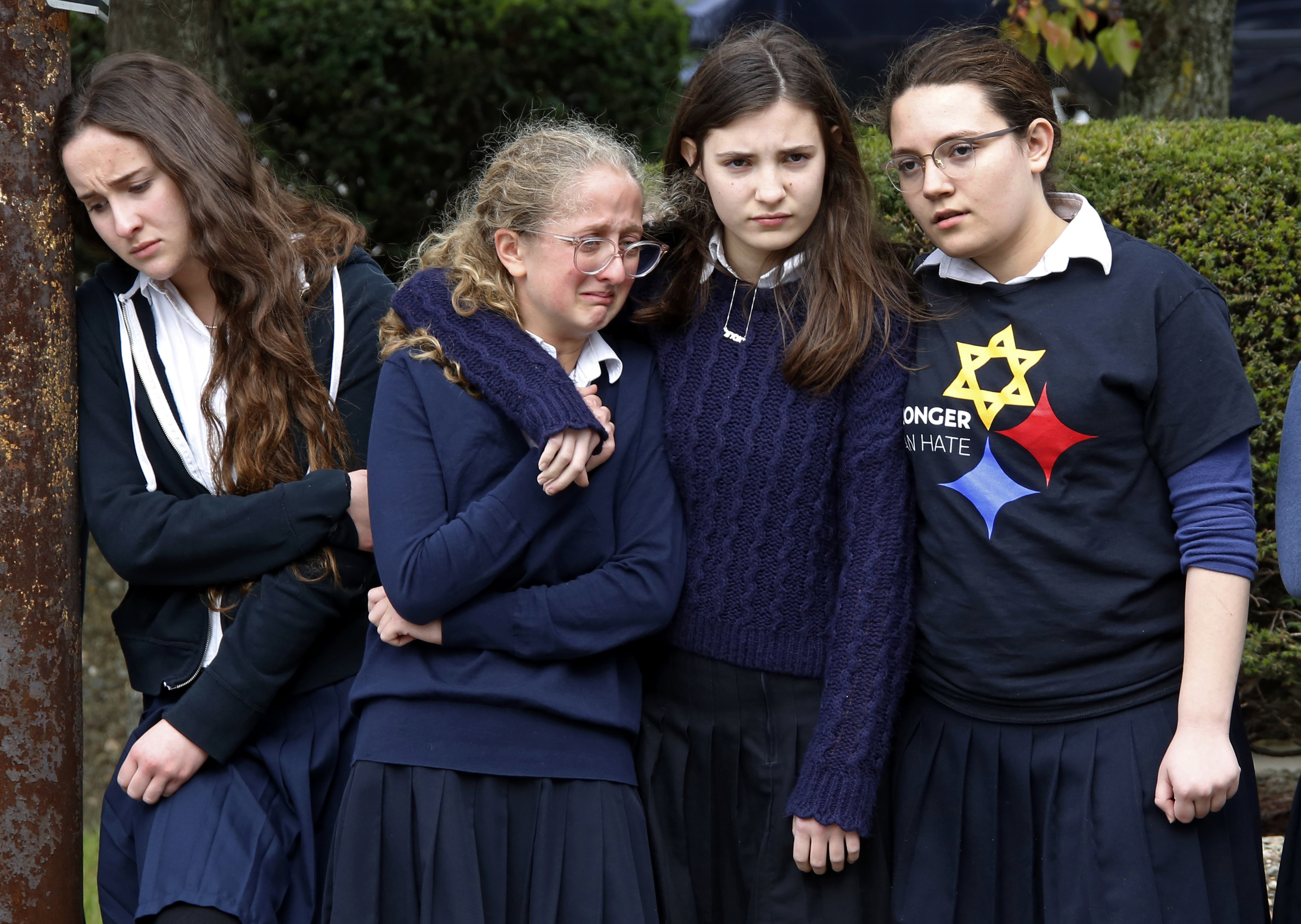


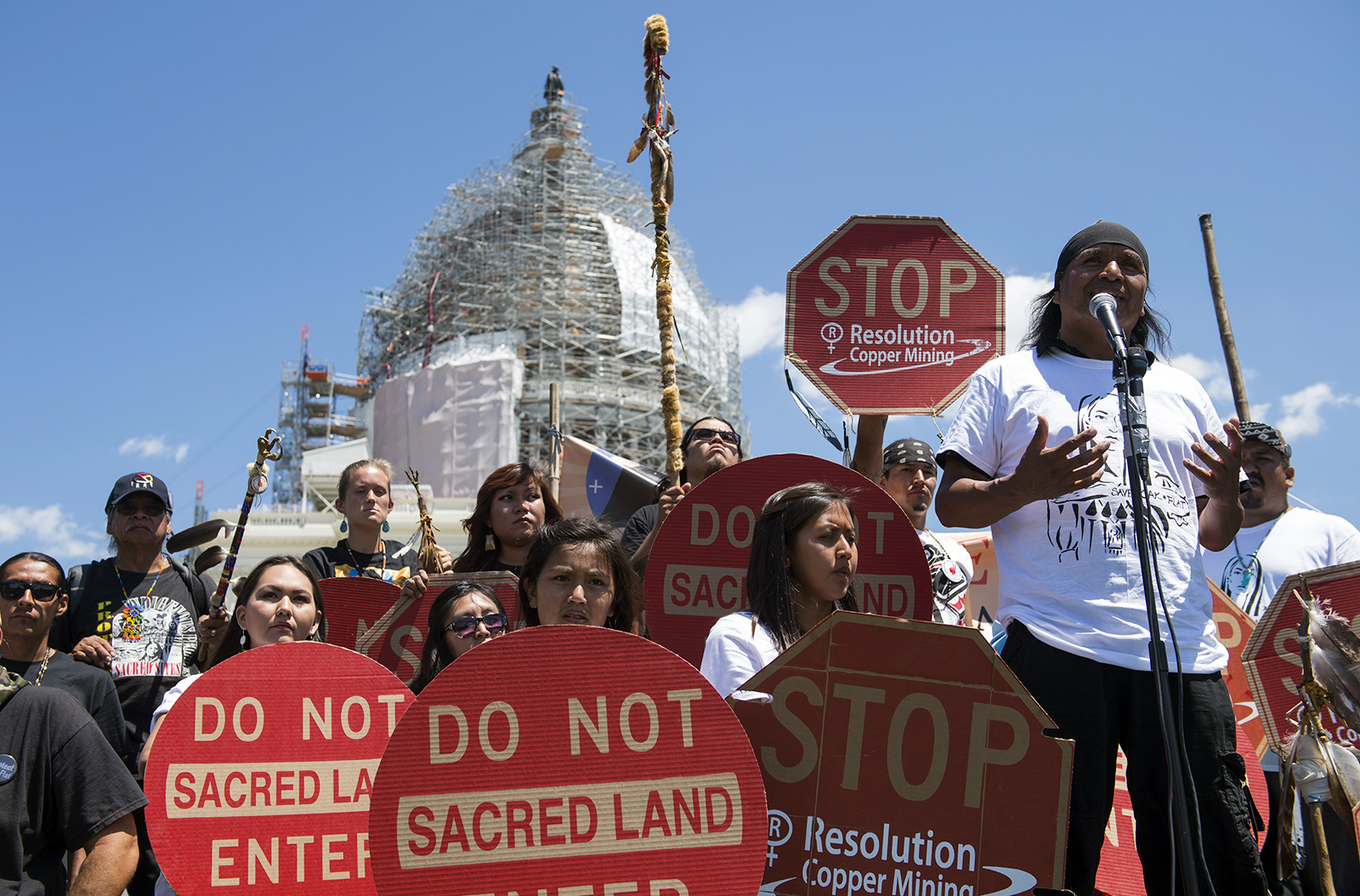
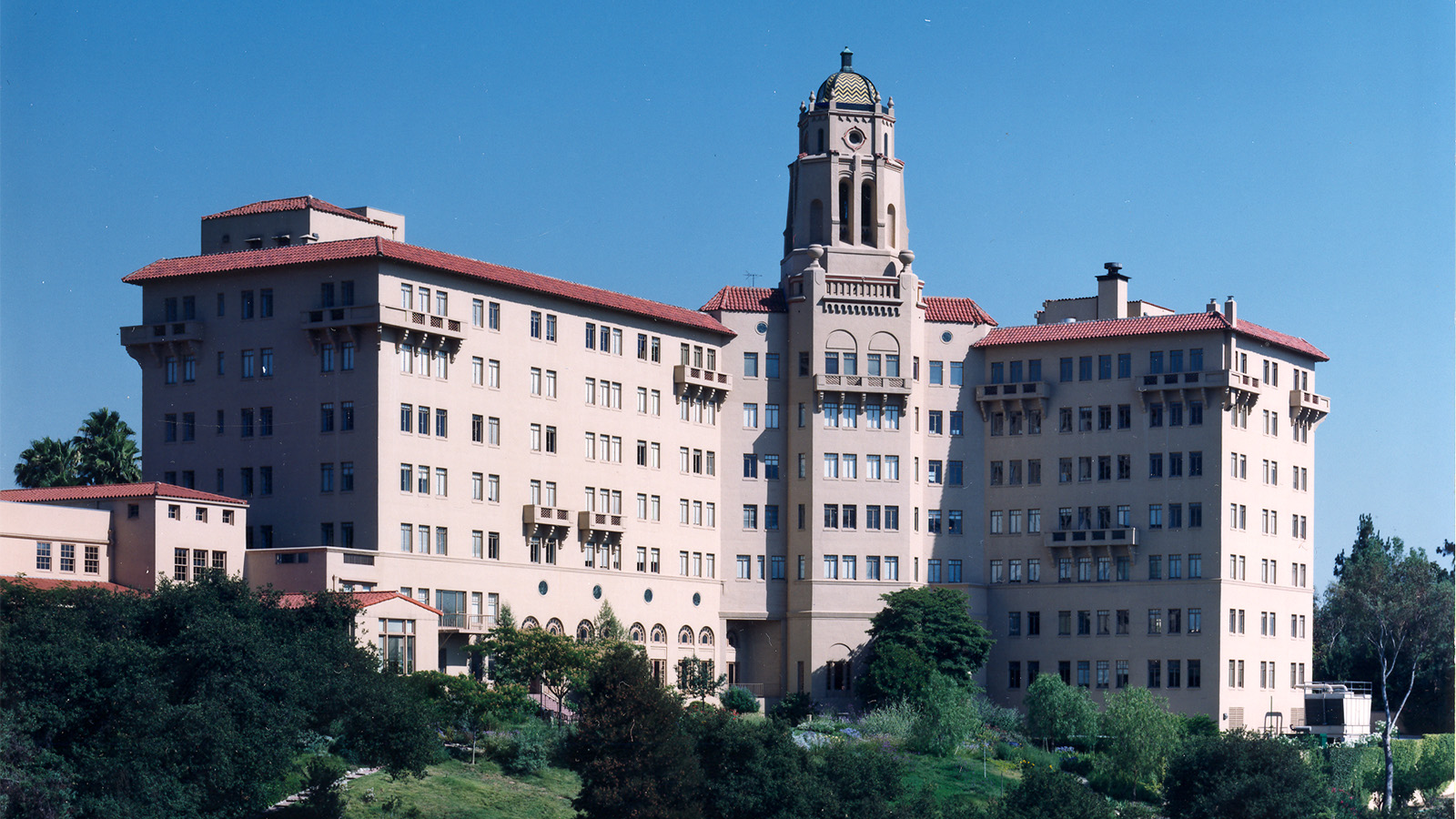
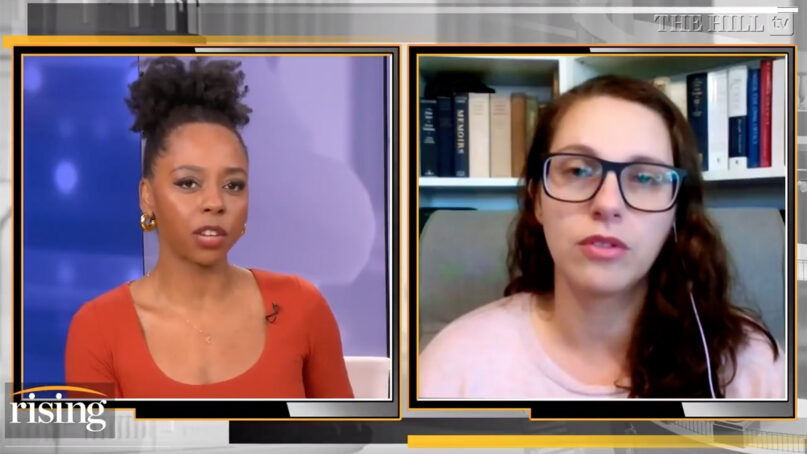

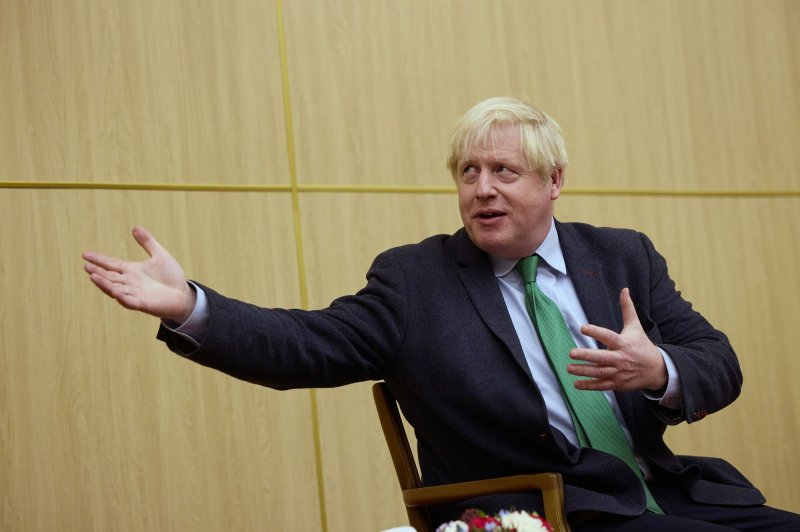
.jpg)


